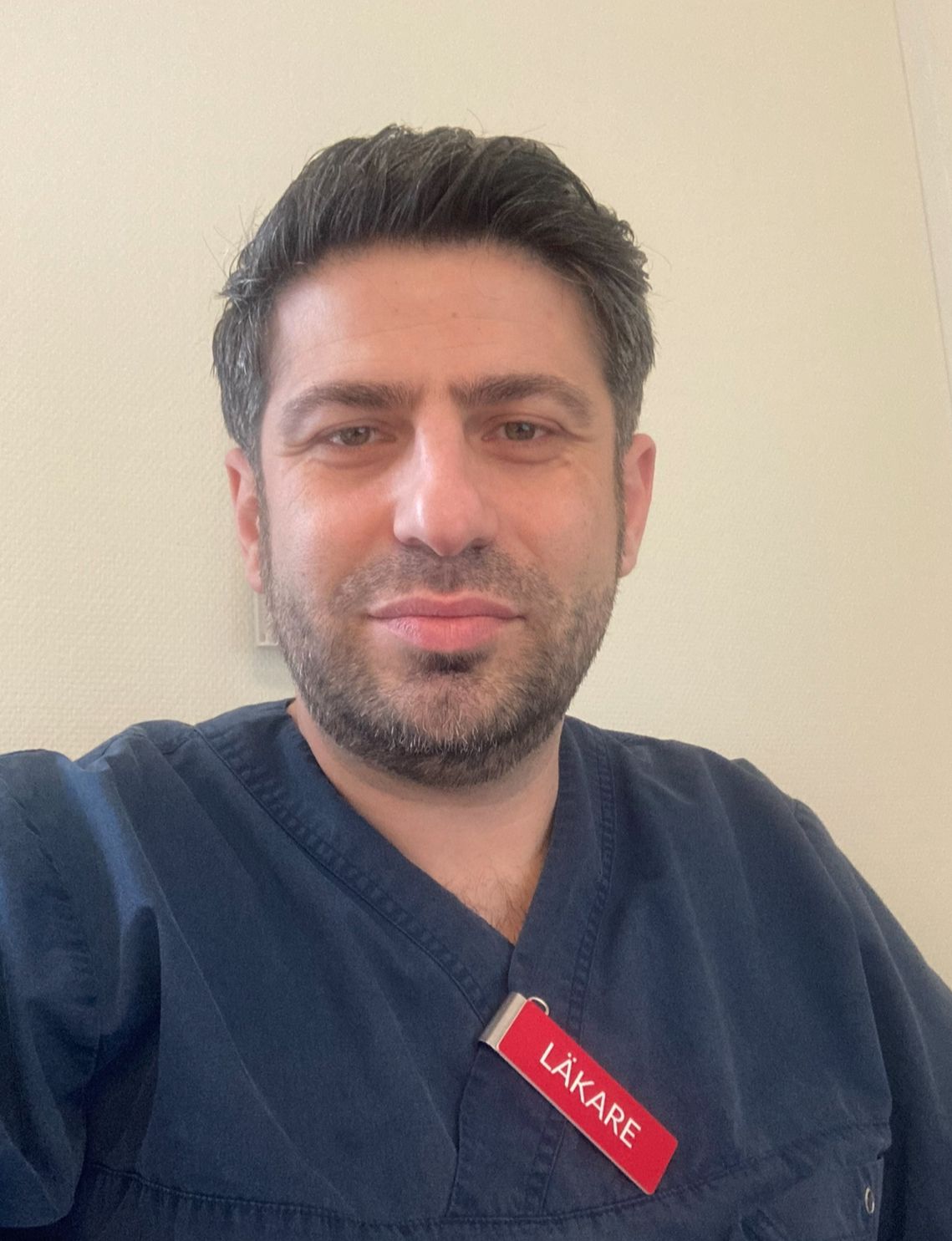Male pattern baldness, also known as androgenic alopecia, is a common condition that affects men as they age, leading to thinning hair and eventually bald patches on the scalp. This type of hair loss is primarily driven by genetic and hormonal factors. If you’re noticing your hair thinning, especially around the temples or the top of your head, you may be experiencing the early signs of male pattern baldness. Here’s a closer look at what causes this condition, its symptoms, and how it can be treated.
What Causes Male Pattern Baldness? Male pattern baldness is hereditary, meaning it’s passed down through your genes. The condition occurs when hair follicles become sensitive to dihydrotestosterone (DHT), a derivative of the male hormone testosterone. DHT affects the hair follicles by shortening the hair growth cycle, causing the hairs to become thinner and shorter over time. This process eventually leads to the hair follicles shrinking and producing less hair, resulting in noticeable hair loss.

Symptoms of Male Pattern Baldness The progression of male pattern baldness is typically gradual. It often begins with thinning hair at specific areas on the scalp, such as: • Temples: Hair starts to recede, creating a more pronounced hairline. • Crown: Thinning hair at the top of the head, sometimes leading to a bald spot. • Hairline: The middle of the forehead hairline may begin to thin and recede. Over time, these areas may become completely bald, with hair loss patterns varying from one individual to another.
Treatment Options for Male Pattern Baldness For many men, male pattern baldness can have a significant impact on self-esteem and body image. However, there are treatments available that can slow down hair loss and even promote hair regrowth. • Prescription Medications: Finasteride is a commonly prescribed oral medication that works by reducing the production of DHT, thereby slowing hair loss and promoting regrowth. It’s typically taken once a day and can be effective in halting the progression of baldness. • Topical Solutions: Minoxidil is a popular over-the-counter topical treatment that is applied directly to the scalp. It helps stimulate hair growth and is often used in conjunction with oral medications for better results. • Combination Therapy: For optimal results, a combination of both oral and topical treatments is often recommended. This dual approach can effectively slow hair loss and encourage new hair growth.
Can Male Pattern Baldness Be Stopped? While male pattern baldness cannot be entirely cured, it can be managed effectively. Treatments like Finasteride and Minoxidil can slow down the hair loss process and even initiate regrowth in some cases. Starting treatment early, at the first signs of thinning, can lead to better outcomes. How Common is Male Pattern Baldness? Male pattern baldness is extremely common, with almost all men experiencing some degree of hair loss as they age. The extent and timing of hair loss can vary significantly, with some men noticing thinning as early as 17 to 20 years old. How Does Finasteride Work? Finasteride works by inhibiting the enzyme that converts testosterone into DHT. By reducing DHT levels, the medication helps to preserve hair follicles and encourage regrowth. It’s typically taken once daily, with or without food, and is effective as long as the treatment continues. What Happens if You Stop Treatment? If you stop using treatments like Finasteride or Minoxidil, the benefits will gradually diminish. Hair loss will likely resume within 6 months, and the effects of the treatment may disappear entirely within 9 to 12 months. Why Do Men Lose Their Hair? The primary cause of male pattern baldness is the hormone DHT. This hormone binds to hair follicles, shrinking them and reducing their ability to produce healthy hair. Over time, this leads to thinning hair and bald patches, which are characteristic of male pattern baldness.
Final Thoughts Male pattern baldness is a natural part of aging for many men, but it doesn’t have to be a cause for distress. With the right treatment, you can manage hair loss and even promote regrowth. If you’re concerned about thinning hair, consult with a healthcare provider to explore the best treatment options for you.




















